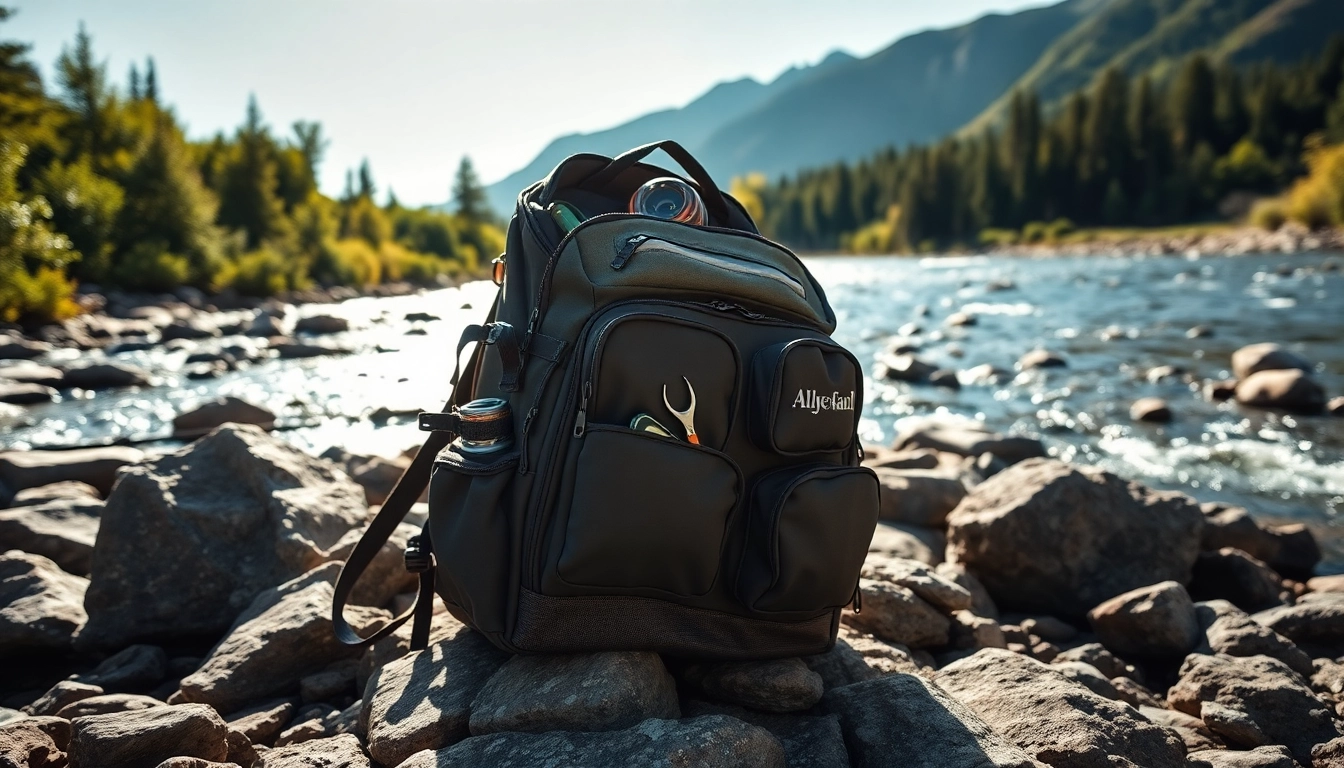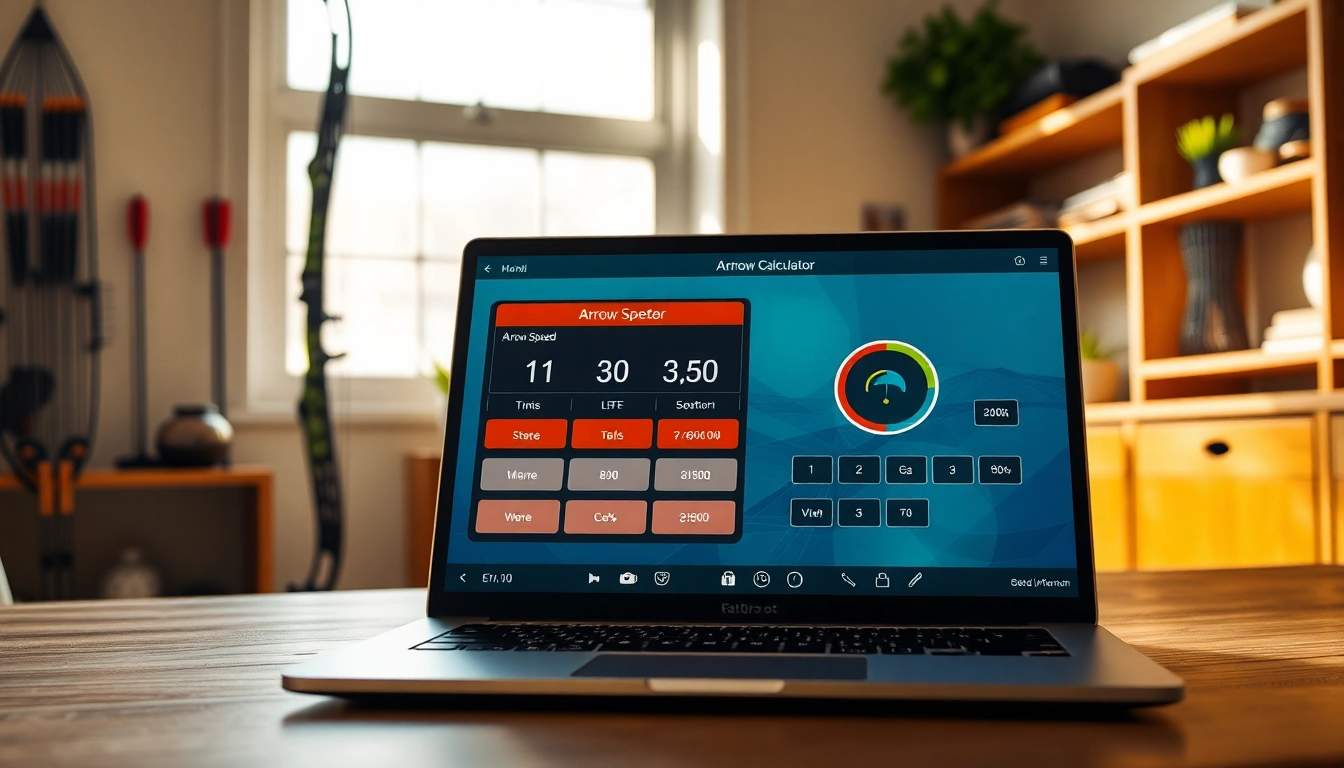Understanding the Importance of a Fly Fishing Backpack
When embarking on a fly fishing adventure, having the right gear can significantly enhance your experience. A fly fishing backpack is not just a storage solution; it’s a crucial component that can influence how efficient and enjoyable your time on the water will be. With the right backpack, you can streamline your equipment organization, access your tools quickly, and carry all essentials comfortably, which is vital for long hours of fishing.
What Features to Look For in a Fly Fishing Backpack
Choosing the perfect fly fishing backpack involves understanding your needs and the functions of various options available in the market. Here are key features to consider:
- Size and Capacity: The right size backpack should accommodate your fishing gear without being cumbersome. Consider how much you typically carry and choose accordingly.
- Material: Look for water-resistant materials that withstand the elements. A durable construction ensures longevity, especially in wet conditions.
- Comfort: Padded shoulder straps and back support can make a significant difference on long treks. Consider a backpack with a hip belt for added support and weight distribution.
- Storage Options: Multiple compartments, pockets for organization, and attachment points for tools can enhance accessibility and efficiency in your fishing routine.
- Weight: A lightweight design can greatly affect how easily you can move. Look for a balance between sturdiness and light construction.
- Adjustability: An adjustable frame or straps allows for a customized fit, accommodating various body types and preferences.
How a Fly Fishing Backpack Improves Your Fishing Experience
A well-designed fly fishing backpack enhances your overall experience. Here’s how:
- Improved Mobility: With a correctly fitted and organized backpack, you can move freely along the water without feeling bogged down by unnecessary weight.
- Quick Access to Gear: When every piece of gear has its own place, you can easily find and access your tools, reducing downtime during your fishing trip.
- Minimized Fatigue: Ergonomically designed backpacks distribute weight evenly, reducing stress on your back and shoulders, allowing you to fish longer.
- Enhanced Preparedness: With ample storage, you can carry all needed essentials—such as extra flies, snacks, and hydration—ensuring you’re fully prepared for any situation.
Comparing Different Types of Fly Fishing Backpacks
Backpacks for fly fishing come in various styles, each designed for unique situations. Here are the primary types:
- Vest Packs: These combine the functionality of a backpack with a fishing vest. They offer immediate access to tools and often include multiple pockets. Ideal for short trips or wading in streams.
- Day Packs: Designed for casual day trips, these backpacks often have a slim profile with enough space for the essentials, ensuring you stay light on your feet.
- Backpacking Packs: For extended fishing trips, these larger backpacks provide extra storage capacity and are built for comfort over long treks.
- Hybrid Models: These backpacks merge features of both vests and packs, providing versatility for various fishing styles. These can be particularly useful for individuals who like to switch fishing conditions throughout the day.
Top Brands and Models of Fly Fishing Backpacks
With numerous brands available in the market, it’s essential to be informed about the top models that excel in quality and functionality. Below is an overview of some highly regarded backpacks worth considering:
Features of Popular Fly Fishing Backpacks
When evaluating popular models, the following features consistently stand out:
- Waterproof Compartments: Many quality backpacks include waterproof compartments to protect sensitive gear.
- Integrated Rod Holders: Some backpacks come equipped with rod holders for easy transport.
- Expandable Storage: Look for models that allow you to add or remove sections based on your needs for that day.
- Multifunctional Design: Many brands offer designs that transition from fishing to hiking or other outdoor activities seamlessly.
User Reviews: What to Expect from Each Model
User reviews can provide valuable insights into how different models hold up in real-world scenarios. Consider the following:
- Durability: Look for comments regarding wear and tear after extended use, especially in challenging environments.
- Comfort: Many users will comment on how comfortable the backpack is, particularly after hours of wear.
- Functionality: Users often share tips on how compartments or features enhance their fishing experience, which can guide your decision.
- Water Resistance: Feedback on how well backpacks stand up to wet conditions can offer crucial insight into their effectiveness.
Price Comparison for Fly Fishing Backpacks
The price of fly fishing backpacks can vary greatly, generally influenced by brand reputation, materials, and features. When comparing prices:
- Budget Models: These typically range from affordable to mid-range, providing essential features without luxury.
- Mid-Range Options: Offering a balance between quality and price, these models often include enhanced features such as better support and storage.
- Premium Backpacks: High-end models may come with specialized features and guarantees but come at a significantly higher price point.
- Long-Term Value: Consider the longevity and effectiveness of a backpack rather than just the upfront cost, as investing in quality can save money in the long run.
Best Practices for Optimal Use of Your Fly Fishing Backpack
Once you’ve chosen the right fly fishing backpack, knowing how to use it effectively is key. Here are some best practices:
Packing Essentials for a Day of Fly Fishing
Packing correctly ensures you have everything you need without overloading your fly fishing backpack. Here’s a list of essentials:
- Fishing Gear: Flies, tippet, leaders, and other tackle should be your top priority.
- Personal Items: Always include sunscreen, insect repellent, and any personal medications.
- Hydration: Bring a refillable water bottle or hydration reservoir to stay refreshed.
- Snacks: Non-perishable snacks can keep your energy up during long fishing sessions.
- Safety Gear: First-aid kits and a multi-tool can help handle unexpected situations.
How to Maintain Your Fly Fishing Backpack
To ensure longevity, proper maintenance of your fly fishing backpack is essential:
- Cleaning: Regularly clean your backpack according to the manufacturer’s instructions, focusing on areas that come into contact with water.
- Storage: When not in use, store your backpack in a dry, cool place to prevent mold and degradation.
- Check for Damage: Inspect your backpack regularly for wear, tears, or issues with zippers and clasps.
Tips for Organizing Gear Inside Your Backpack
An organized backpack ensures a smooth fishing experience. Here are some tips:
- Designate Zones: Use different compartments for specific categories of gear, such as flies, tools, and personal items.
- Utilize Packing Cubes: Small packing cubes can help keep items from shifting, making it easier to find what you need.
- Accessibility: Frequently used items should be placed in easy-to-reach pockets for quick access.
Advanced Tips for Experienced Fly Fishermen
For seasoned anglers, maximizing the potential of your fly fishing backpack can elevate your experience further. Here’s how:
Customizing Your Fly Fishing Backpack for Specific Conditions
Adapting your pack based on fishing conditions and locations is key:
- Seasonal Adjustments: Change gear periodically based on seasonal requirements, ensuring you have the right flies and tackle.
- Location-Specific Gear: Pack specific items adapted to your fishing environment, such as saltwater gear for coastal fishing.
- Weight Management: Adjust load-out for longer hikes versus short jaunts, shedding unnecessary weight when possible.
Utilizing Technology in Your Fly Fishing Backpack
As technology advances, integrating it into your backpack can yield benefits:
- GPS and Navigation: Carry GPS devices or smartphones for navigation while on the water.
- Action Cameras: Use mounts to record your fishing adventures and monitor techniques.
- Smart Gear: Consider smart tackle boxes that help track your gear and fish caught for data collection.
Traveling with Your Fly Fishing Backpack: What to Know
Traveling to remote locations can introduce challenges. Here are considerations to keep in mind:
- Check Regulations: Ensure you’re familiar with fishing regulations in the area you’ll be visiting.
- Pack Smart: Consider the weight and volume of your gear when traveling to make your journey manageable.
- Insurance: If traveling internationally, check into travel insurance that covers fishing gear and equipment.
Where to Buy a Fly Fishing Backpack
Finding the right retailer can make a significant difference in your purchasing experience. Here’s what to consider:
Online Retailers vs. Local Shops: Which is Best?
When deciding where to buy, consider these factors:
- Online Convenience: Online retailers often provide a wider variety of options and competitive prices, allowing for easy comparison.
- Local Expertise: Local shops may offer personalized service and the opportunity to physically inspect the backpack before purchase.
- Return Policies: Ensure the retailer has a fair return policy, allowing you to make exchanges if the backpack does not meet your needs.
Seasonal Sales: Finding Deals on Fly Fishing Backpacks
Strategically timing your purchase can save you money:
- Off-Season Purchases: Shopping for gear during off-peak times can yield lower prices and more discount options.
- Holiday Sales: Monitor promotions during holidays, when outdoor retailers often offer sales to entice customers.
- Clearance Items: Always check clearance sections for deals on last season’s stock or discontinued items.
How to Choose a Retailer with Reliable Returns and Guarantees
Shopping confidence comes from understanding the retailer’s policies:
- Read Policies: Before purchase, read through the return policy to understand the timelines and conditions.
- Reputation: Check reviews and testimonials regarding customer service and return experiences.
- Warranty Information: Seek out backpacks that come with a warranty to cover potential defects or damage.



